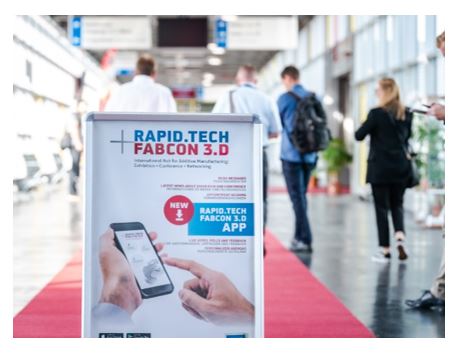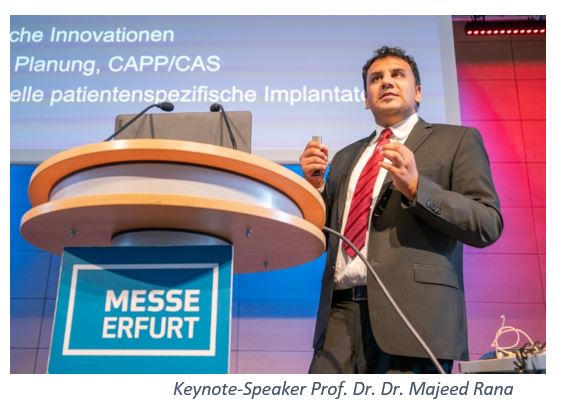



Software and the digital image (Digital Twin) of a part or an entire process have become very important for the industry in general and for additive manufacturing in particular. Ulli Klenk from Siemens emphasized this development in his keynote speech on the industrialization of generative manufacturing processes using the example of turbine production. He presented the Siemens activities in AM industrialization and honestly pointed out the hurdles that still have to be overcome to allow additive manufacturing to grow out of its infancy and end its a niche existence. Almost all participants of the congress agree that a rapid advancement of digital processes is necessary to take AM to the next level. By designing an end-to-end digital AM value chain, "teething troubles" can be eradicated faster, the quality of raw materials, machines and not least printed parts can be improved, cycle times and costs can be reduced. Mr. Klenk also stressed how important it is to convince more engineers and prospective professionals to work on the topic.
Dr. Steffen Beyer of the Ariane Group, explained in his keynote speech the attractive tasks awaiting AM experts, especially in the aerospace industry, today and in the future. For example, the Ariane Group has set itself the goal of reducing engine costs from currently ten million euros to one million euros in the future with the help of AM. Such an enormous leap can only be achieved with disruptive technologies, both in terms of software and hardware. Nevertheless, Mr. Beyer never tired of emphasizing that additive manufacturing still faces immense challenges. A good example is the quality and quality control of the raw materials. Today this is very complex and costly, especially in industrial metallic 3D printing. The qualification and automation of the entire additive development and production chain is also important for further success, something that has hardly existed to date.
My esteemed colleague, Will Hastings, and I are currently working on a strategy paper on industrial additives manufacturing that addresses these issues and challenges, in addition to the Additive Manufacturing Study recently published by ARC.

